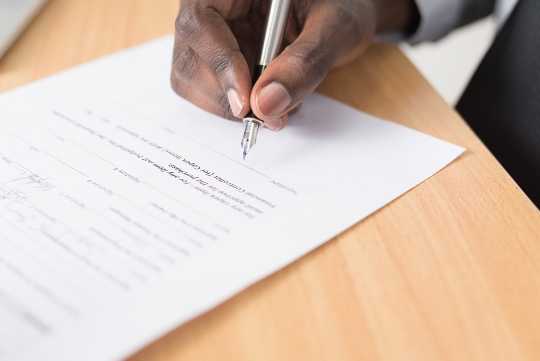In today’s ever-evolving digital age, protecting your intellectual property rights has become more important than ever. Whether you’re an artist, writer, entrepreneur, or business owner, your creativity and ideas are valuable assets that need to be safeguarded. With the ease of sharing and disseminating information online, it’s crucial to take proactive measures to protect your intellectual property rights from potential infringement. In this blog post, we’ll explore some key strategies to help you protect and preserve your creative work.
1. Understand What Intellectual Property Rights Are
Before delving into the specifics of protecting your intellectual property rights, it’s essential to have a clear understanding of what exactly intellectual property rights entail. Essentially, intellectual property refers to creations of the mind, such as inventions, literary and artistic works, designs, symbols, names, and images used in commerce. Intellectual property rights protect these creations and grant their creators exclusive rights to their use and distribution.
There are four main types of intellectual property rights: patents, trademarks, copyrights, and trade secrets. Patents protect inventions and processes, trademarks protect brand names and logos, copyrights protect original works of authorship, and trade secrets protect confidential business information. By identifying the type of intellectual property you possess, you can better determine the appropriate measures to protect it.
2. Register Your Intellectual Property
One of the most effective ways to protect your intellectual property rights is to register them with the appropriate authority. Depending on the type of intellectual property you possess, there are various agencies and organizations that you can register with to secure your rights. For example, if you have created a new invention or product, you may want to file for a patent with the United States Patent and Trademark Office. Similarly, if you have written a book or composed a piece of music, you can register your copyright with the U.S. Copyright Office.
By registering your intellectual property, you establish a legal record of ownership and gain valuable legal protections. Registered intellectual property is easier to defend in court in the event of infringement, making it a valuable tool for safeguarding your creative work.
3. Use Contracts and Agreements
In addition to registering your intellectual property, it’s also important to use contracts and agreements to protect your rights. Whenever you collaborate with others or share your work with third parties, it’s crucial to have a written agreement in place that clearly outlines the terms of use and ownership of the intellectual property involved.
For example, if you hire a designer to create a logo for your business, you should have a contract in place that specifies that the designer assigns all rights to the logo to you upon completion of the project. This ensures that you have full ownership of the logo and can prevent the designer from using it for their own purposes in the future.
By using contracts and agreements, you can establish clear boundaries and expectations for the use of your intellectual property, reducing the risk of infringement and disputes down the line.
4. Monitor and Enforce Your Rights
Once you have registered your intellectual property and established clear agreements with collaborators, it’s important to actively monitor and enforce your rights. Keep an eye out for any unauthorized use or infringement of your intellectual property and take prompt action to address any violations.
There are various tools and services available that can help you monitor the use of your intellectual property online, such as trademark monitoring services and copyright infringement detection tools. If you discover that your rights have been violated, you can take legal action to enforce your rights and seek compensation for any damages incurred.
By staying vigilant and proactive in monitoring and enforcing your intellectual property rights, you can deter potential infringers and protect the value of your creative work.
5. Educate Yourself and Seek Legal Advice
Finally, one of the best ways to protect your intellectual property rights is to educate yourself on the laws and regulations governing intellectual property and seek legal advice when needed. Intellectual property law is complex and constantly evolving, so it’s important to stay informed and seek guidance from legal experts who can help you navigate the intricacies of protecting your rights.
Whether you’re facing a copyright dispute, trademark infringement, or patent infringement, a qualified intellectual property attorney can provide valuable advice and representation to help you defend your rights and secure fair compensation for any damages suffered.
In conclusion, protecting your intellectual property rights is essential for preserving the value of your creative work and ensuring that you can continue to benefit from your ideas and innovations. By understanding the types of intellectual property rights you possess, registering your intellectual property, using contracts and agreements, monitoring and enforcing your rights, and seeking legal advice when needed, you can take proactive measures to safeguard your intellectual property rights and deter potential infringers. Remember, your creativity and ideas are valuable assets that deserve protection – take the necessary steps to protect them today.


